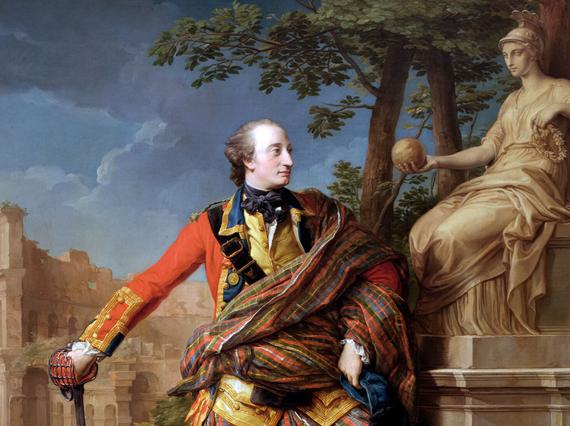
About Wild and Majestic: Romantic Visions of Scotland
Dramatic highland landscapes, heroic histories, tartan and bagpipes are among the defining images of Scotland for many people around the world today.
From the Romantic movement of the 18th and early 19th centuries to Queen Victoria’s highland idyll at Balmoral, Wild and Majestic considered the origins of these ideas and explored how they were used to represent Scotland around the world, expressed through highland and military dress, royal visits, art, literature and the beginnings of the Scottish tourism industry.
Featuring rich displays and iconic objects, this landmark exhibition charted Scotland’s journey into the global imagination and invited visitors to think again about the meaning and relevance of ideas that continue to define Scotland today.
National Museums Scotland partnered with Sabhal Mòr Ostaig College on Skye, part of the University of the Highlands and Islands (UHI), on the production of content for the exhibition. Gaelic language and culture featured throughout the exhibition, with the main narrative presented in both English and Gaelic.
Each section of the exhibition included exploration of themes from a Gaelic-cultural perspective, and throughout the exhibition filmed interviews reflected a range of perspectives, including Gaelic voices, on some contested historical themes about the period.
Exhibition highlights
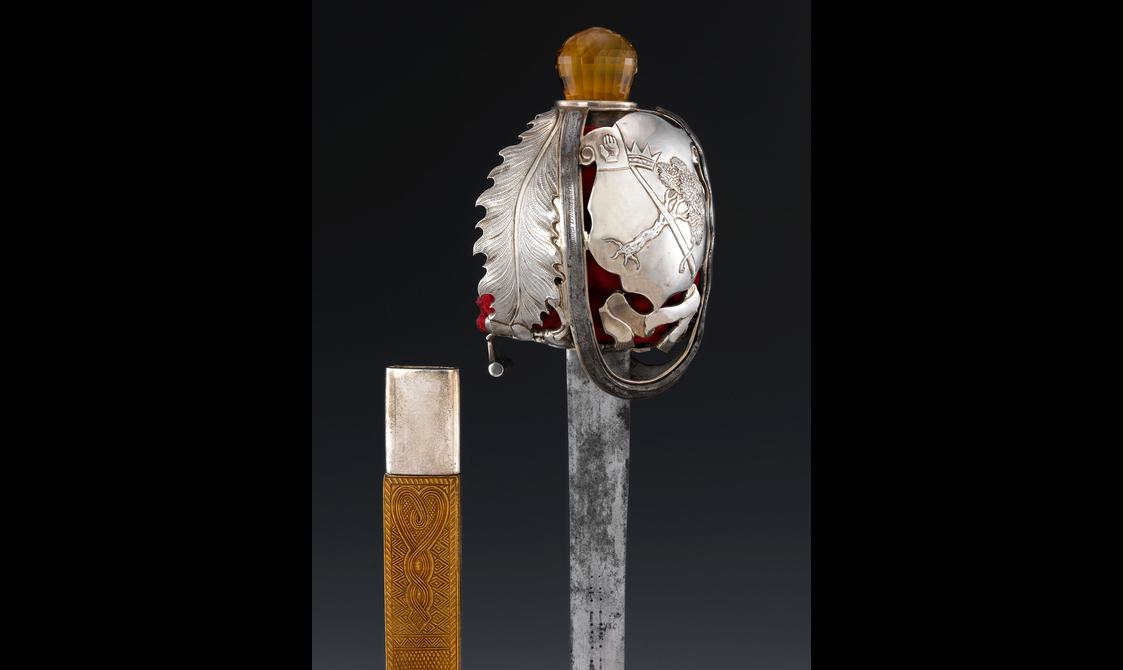
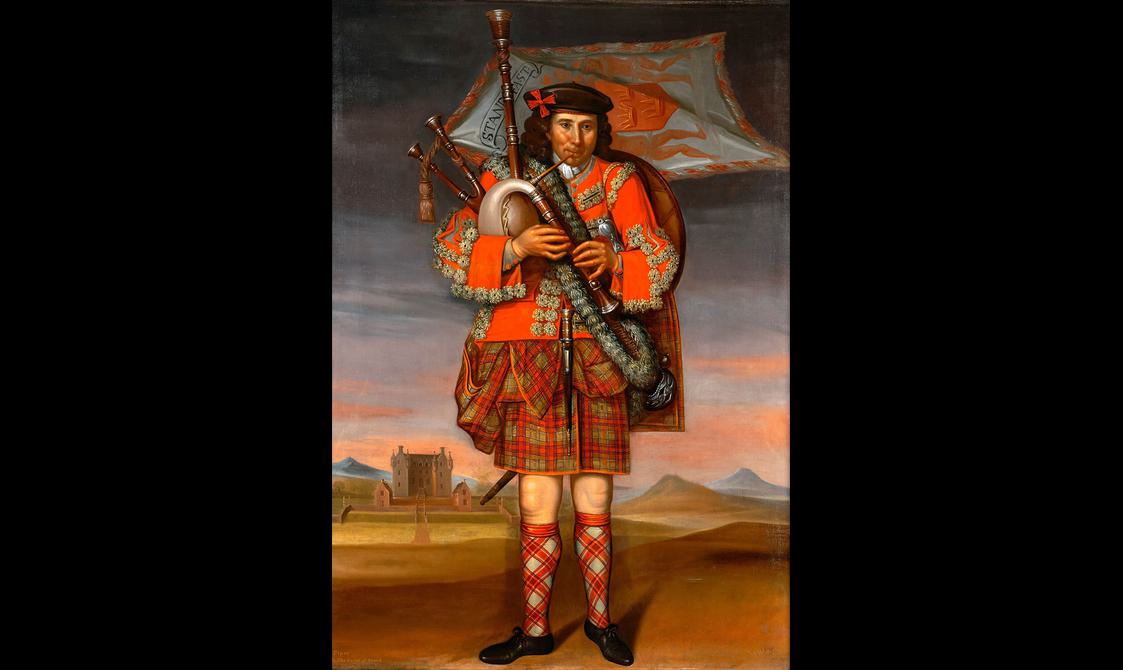
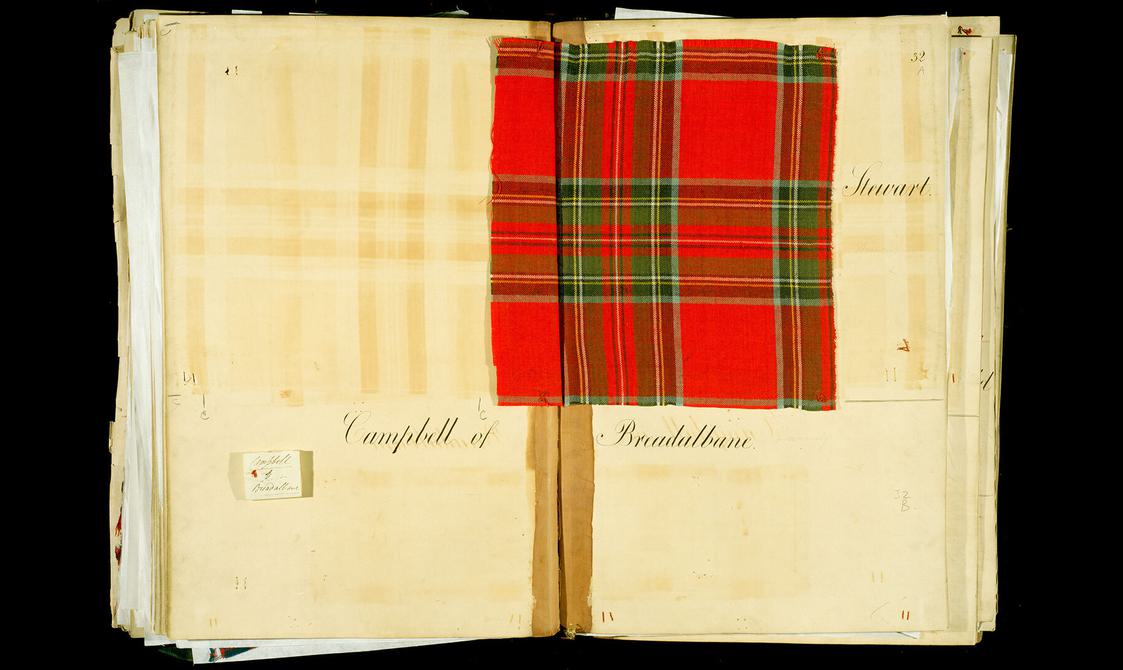
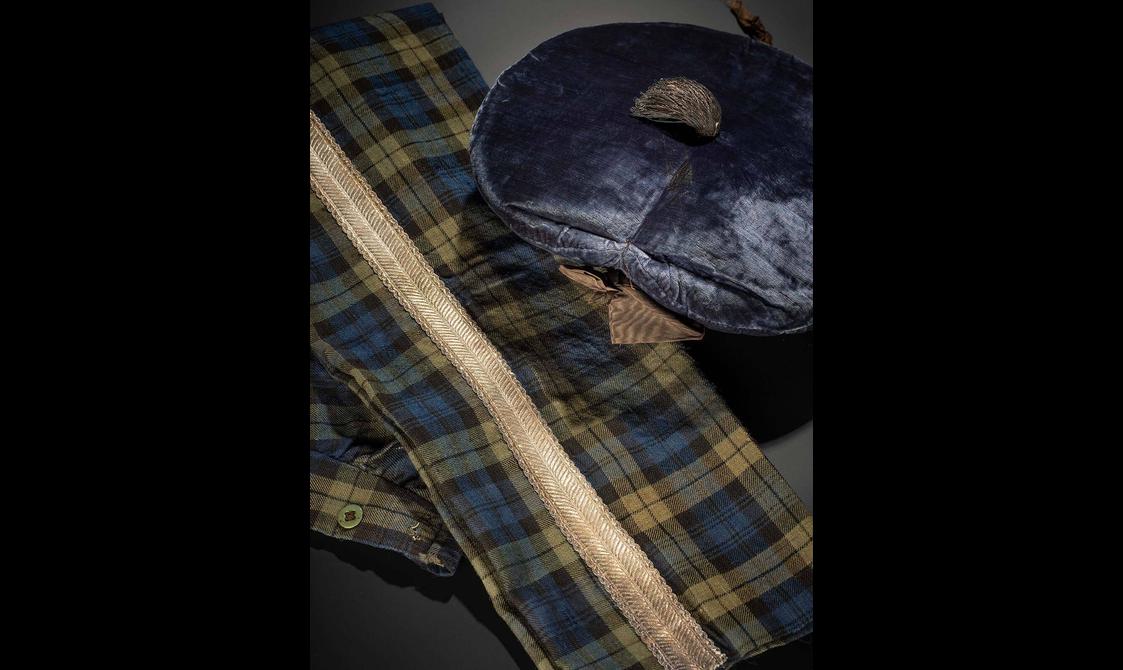
Visitor views
You might also like
- Discover

Emancipation and Abolition: The anti-slavery movement in 18th-century Britain
Worcester tea potKeep reading - Discover
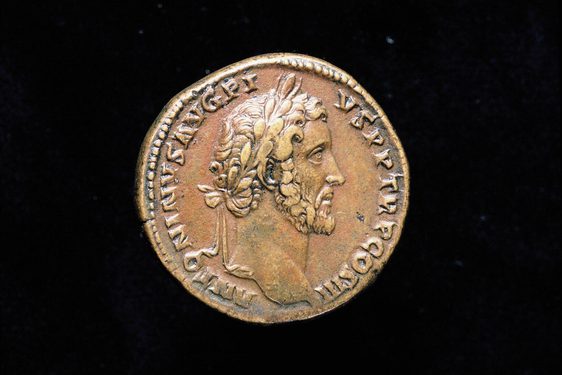
The Romans in Scotland
Many people think that Hadrian’s Wall marks the limit of the Roman Empire, but the Roman world stretched much further north than that. For almost 400 years, much of what is now Scotland was either inside the empire or an uncomfortably…Keep reading - Discover
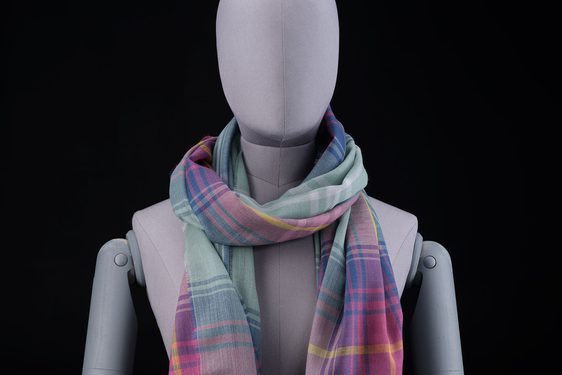
From computer screen to finished fabric: ‘Hame’ tartan
National Museums Scotland holds an extensive collection of 19th and 20th century tartan swatches and design ephemera. In the past, it was usual for tartan manufacturers to design patterns using gridded paper, coloured pencils, inks,…Keep reading